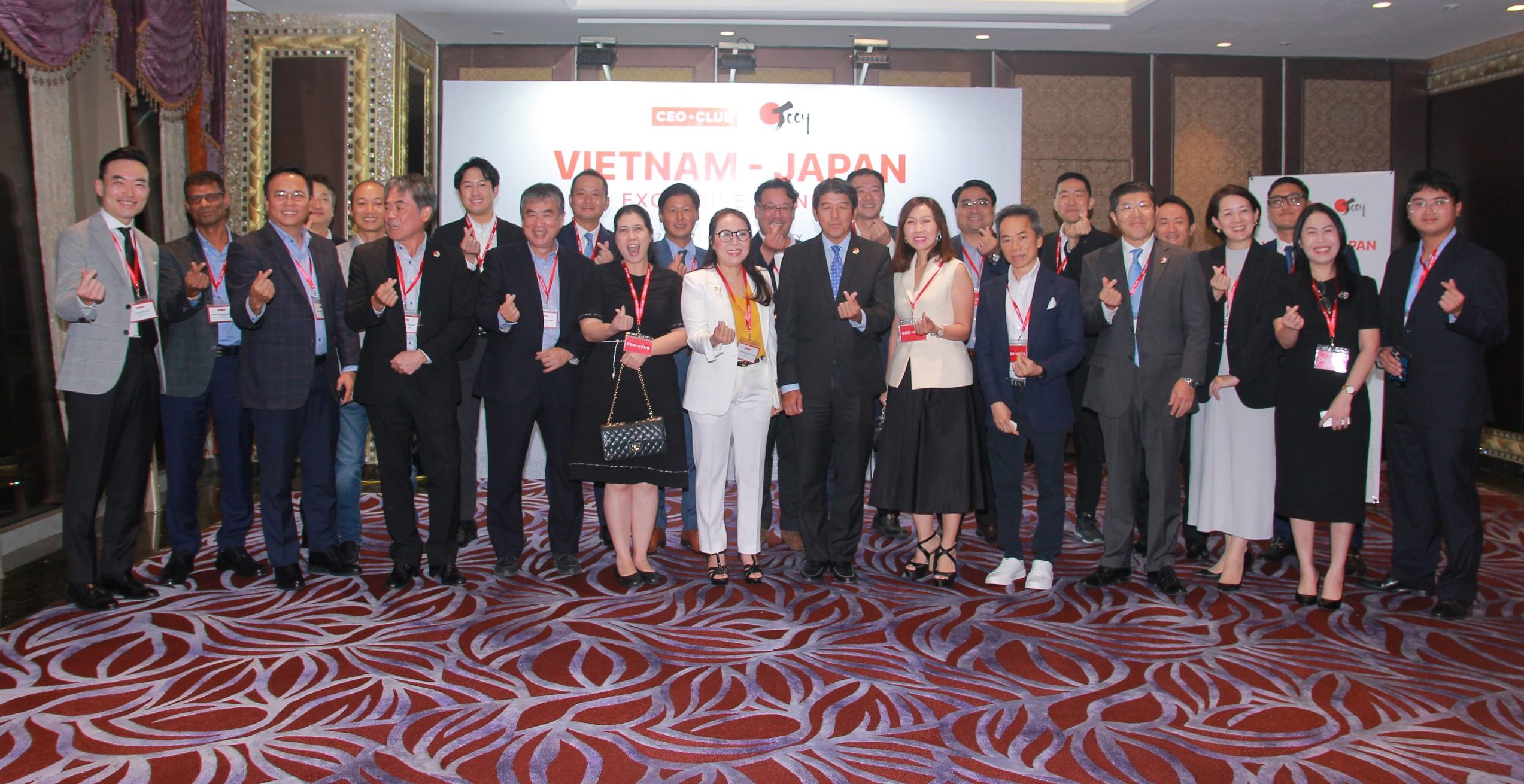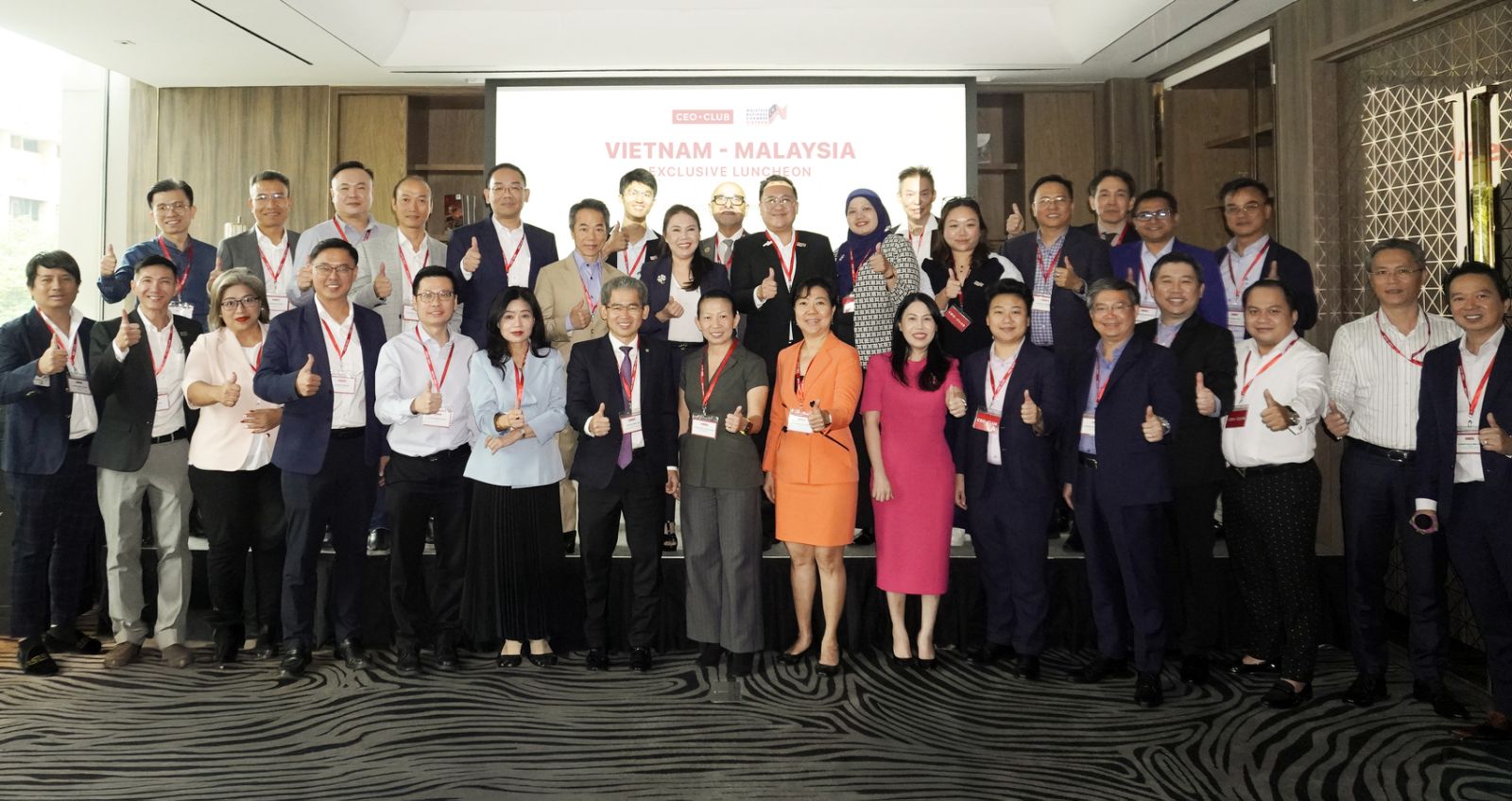The goals are part of a plan issued by the city’s People’s Committee, outlining key tasks and solutions to enhance logistics infrastructure investment

Illustrative Photo
Ho Chi Minh City aims to become a regional logistics service center in Southeast Asia by 2030, and a global logistics hub by 2045.
These goals are part of a plan issued by the municipal People’s Committee, which outlines key tasks and solutions to enhance logistics infrastructure investment, increase cargo handling and warehouse capacities at seaports, anticipate global supply chains, and establish a regional logistics service center.
The southern city seeks to develop logistics into a significant industry within its economy by 2030. It plans to leverage opportunities to anticipate global supply chains, promote the formation of modern green supply chains, and gradually integrate more deeply into global supply chains. This will help meet the demands of international economic integration and develop a robust connection network.
Looking ahead to 2045, the city envisions logistics as a sustainable, efficient, high-quality, and high-value-added spearhead industry. The goal is to compete regionally and globally by leveraging Vietnam’s advantages in the global value chain. This involves proactively building, developing, integrating, optimizing, and effectively managing sustainable supply chains to enhance flexibility and rapid adaptation to market changes.
The municipal People’s Committee emphasizes that the plan’s implementation must align with the city’s approved development plans, strategies, and orientations for the socio-economic development and trade and service infrastructure.
The committee also calls for maximizing social resources during the plan’s implementation, encouraging private enterprises by creating favorable conditions in terms of tax policies, land, and administrative procedures.
Additionally, the plan focuses on transforming and applying green logistics in the supply chain to facilitate efficient goods transportation while minimizing emissions, pollution, and environmental impact.
Simultaneously, it views this as a prerequisite for development, integration, and helping businesses enhance competitiveness and sustainable growth.
In particular, it prioritizes implementing projects that apply 4.0 technology, high technology, digital transformation, and green transformation, utilizing renewable energy and adopting environmental protection measures.
Minh Ha (Source: en.vneconomy.vn)


